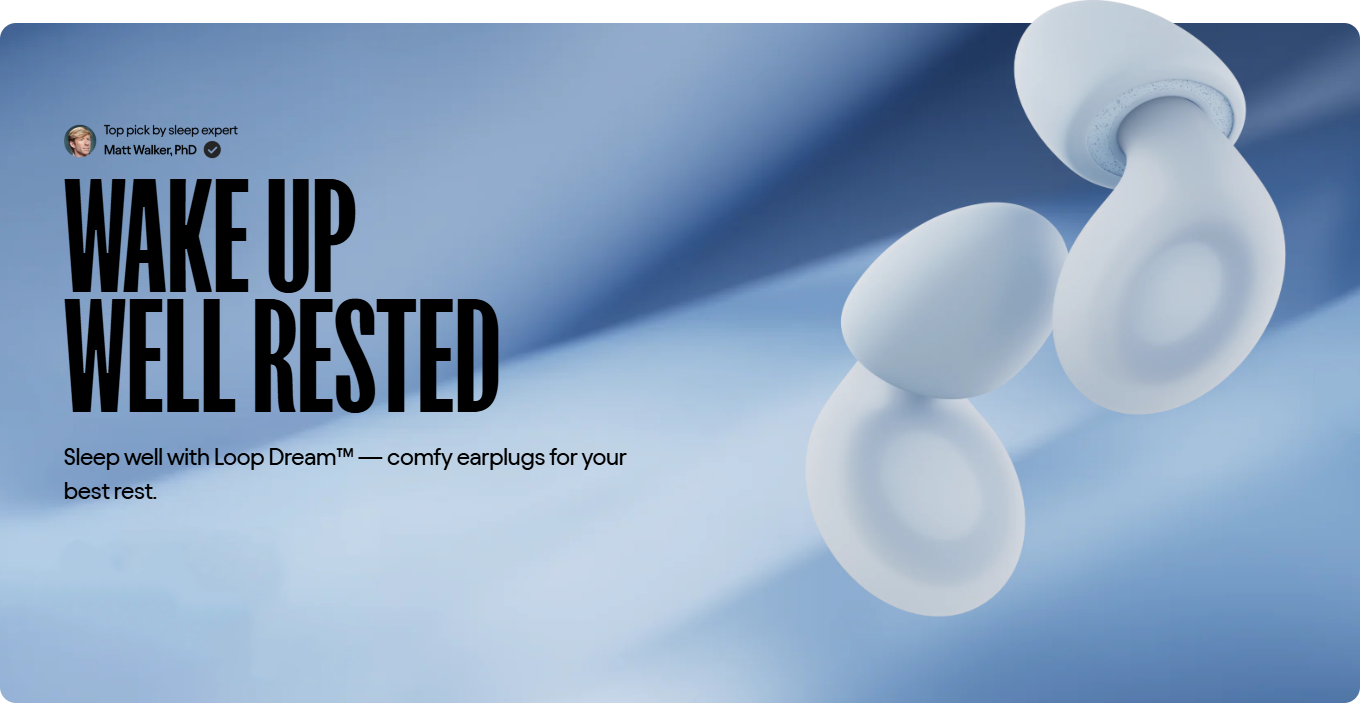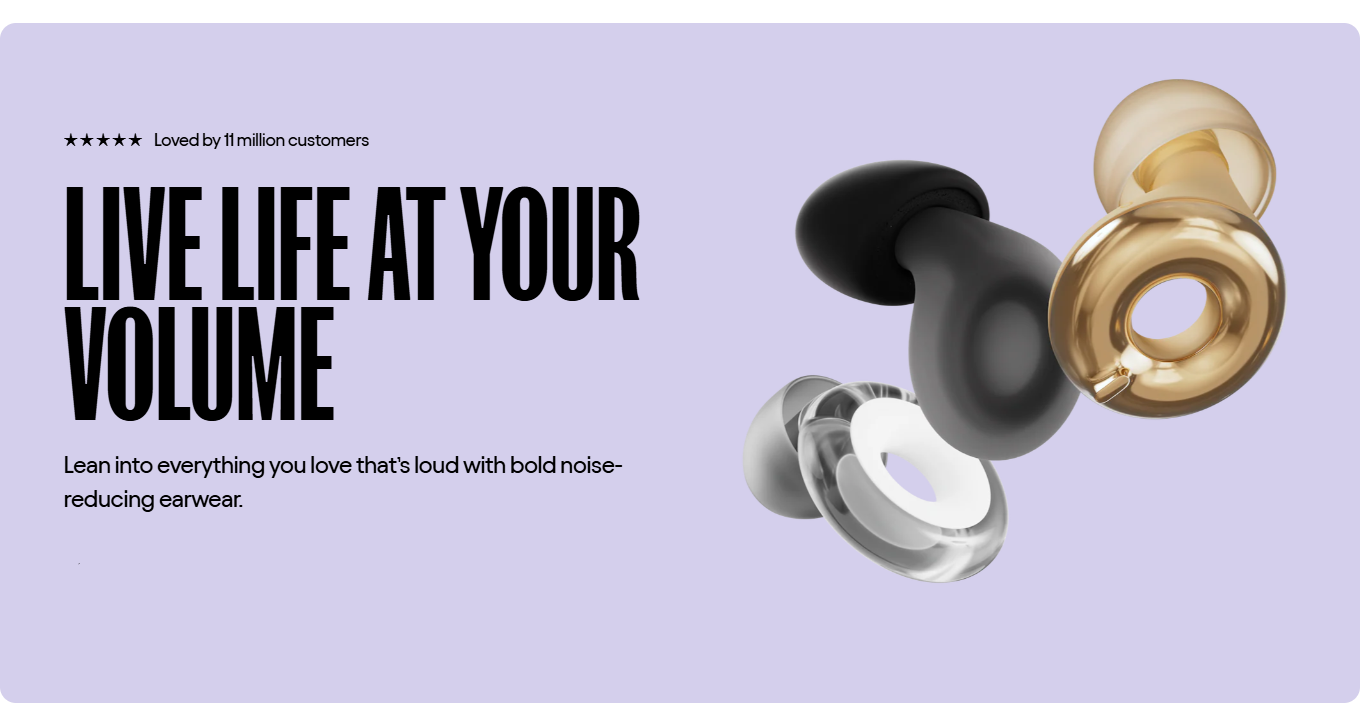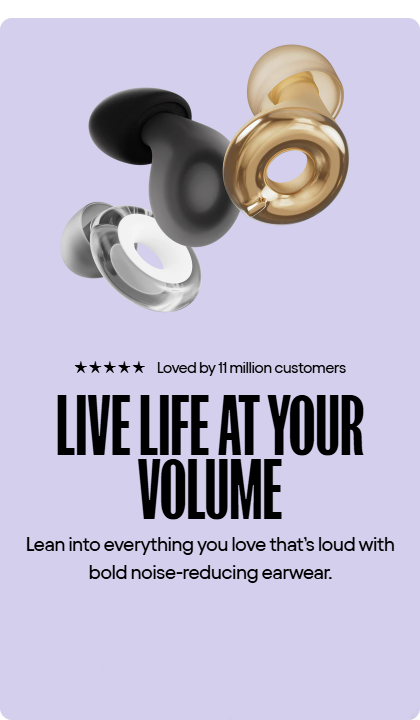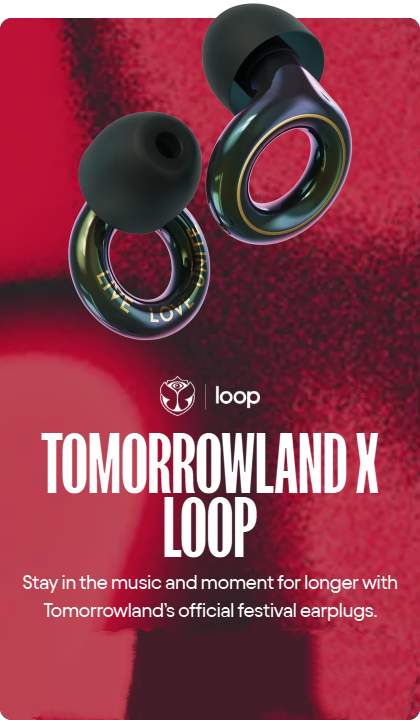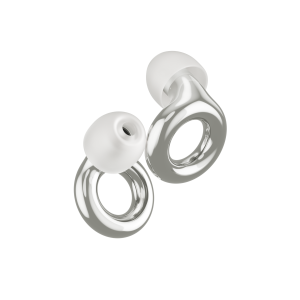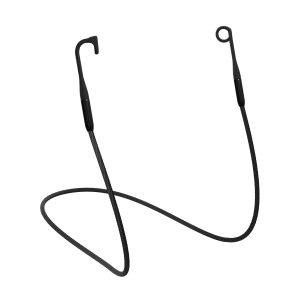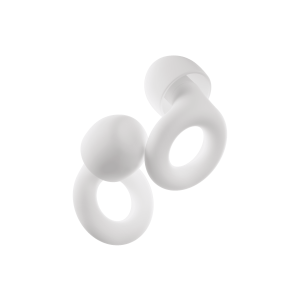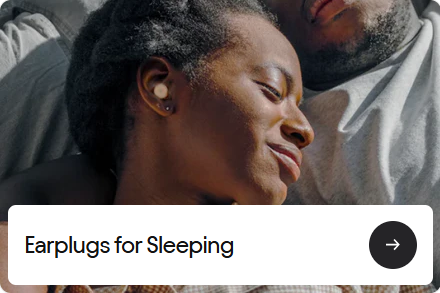What’s new?

Best-selling earplugs

Loop Dream™
Wake up fully recharged with ultra-comfy earplugs engineered for better sleep.
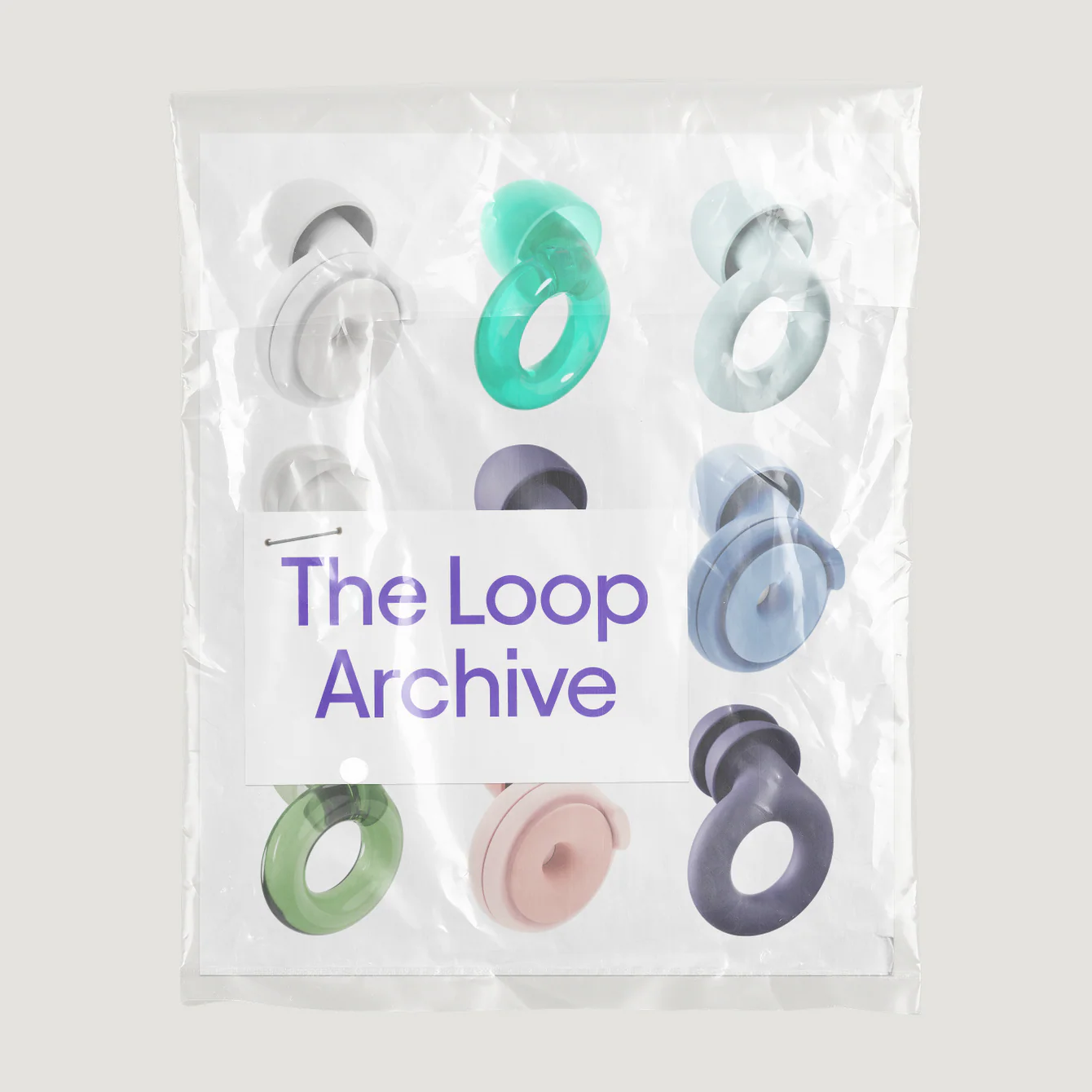
The Loop Archive: Open now
A limited release of heritage designs and sold-out icons. Join Loop Circle for access.

Trusted by experts. Backed by science.
Matt Walker, neuroscientist and global authority on sleep, on why earplugs are essential for better rest – and why Loop Dream is his top pick.
“Science shows that earplugs improve both the quantity and quality of sleep. They let you access deeper REM sleep – they’re a gamechanger. I’ve been using them for over a decade, and Loop Dream for a couple of months now. The foam-fit ear tips are especially critical for sleep.”
Join over 64OK Loop lovers
Learn more
Discover more ways to use Loop.
The Unsung Hero of Focus and Wellbeing
Title: Finding Sanctuary in Silence: The Essential Role of Acoustic Dampening Devices
In an increasingly noisy world, where auditory stimulation is constant—from the rhythmic drone of urban traffic to the perpetual chatter of open-plan offices—achieving sustained focus and genuine rest can feel like a luxury. Yet, there is a simple, often overlooked tool that serves as a personal mute button for the world: the acoustic dampening device, commonly known as an earplug. These small, unobtrusive items are the unsung heroes of mental clarity and emotional wellbeing, providing a crucial barrier between our sensitive auditory system and the relentless cacophony of modern life.
The primary benefit of utilizing these sound reduction tools lies in their profound impact on concentration. For tasks that demand deep cognitive engagement, extraneous sound is a notorious productivity killer. Even seemingly benign background noise—a distant conversation, the clinking of dishes, or the hum of machinery—forces the brain to constantly divert precious resources to filtering out the irrelevant. This cognitive load is not inconsequential; it leads to mental fatigue, increased stress hormone levels, and a noticeable drop in the quality of work produced. By effectively lowering the decibel level of the surrounding environment, these devices allow the prefrontal cortex to dedicate its full attention to the task at hand. The result is a state of flow, where deep, uninterrupted work can be achieved, leading to better outcomes and a greater sense of accomplishment. This isn’t merely about blocking sound; it’s about reclaiming the mental bandwidth necessary for high-level thinking.
Beyond the workplace or study environment, their contribution to restorative sleep is perhaps even more critical. Sleep quality is inextricably linked to overall health; it is the fundamental process by which the body and mind repair themselves. Auditory disturbances are a leading cause of fragmented sleep. The brain remains partially alert, monitoring for potential threats, and a sudden loud sound—a passing siren, a neighbor’s loud activity, or a partner’s snoring—can pull one out of deep, non-REM sleep. Consistent use of personal acoustic barriers helps stabilize the sleep environment. By providing a consistent level of sound reduction, they facilitate a quicker transition into deep sleep cycles and ensure those cycles are less likely to be interrupted. Over time, this leads to improvements in mood, memory consolidation, and a stronger immune response. It is a proactive step toward treating sleep as a vital, non-negotiable health requirement.
Furthermore, these items are essential guardians of auditory health. Exposure to high-decibel levels, whether sudden or prolonged, poses a genuine risk to the delicate structures of the inner ear. Events like concerts, sporting matches, construction work, or even riding a loud motorcycle can cause permanent hearing impairment over time. Specialized versions of these devices are engineered not just to block sound, but to attenuate it, meaning they lower the volume across the frequency spectrum evenly. This allows the user to still hear speech or music clearly, but at a safe level, thereby preventing the kind of irreversible damage that can severely diminish the quality of life. The decision to use them in high-noise environments is a simple act of preventative self-care that pays dividends for decades.
Finally, the use of a simple sound dampener can be a powerful tool for emotional regulation and stress reduction. In situations of sensory overload, such as crowded public transportation, busy airports, or chaotic social gatherings, the sheer volume of stimuli can be overwhelming, particularly for individuals with sensory sensitivities. Having the ability to momentarily retreat into a quieter, self-controlled auditory space can prevent escalation of anxiety and reduce feelings of being overwhelmed. It offers a portable pocket of peace, a psychological anchor that allows the nervous system to calm down amidst external chaos. This personal control over one’s sensory input is a key component of managing daily stress. They are a declaration that one’s inner peace is a priority, allowing for moments of introspection and tranquility even in the most tumultuous settings. By minimizing distracting input, they inadvertently amplify one’s inner voice and sense of self.
In essence, these small silicone or foam companions are more than just noise blockers; they are instruments of self-care and performance enhancement. They allow us to curate our auditory environment, transforming a noisy world into one conducive to deep work, restorative rest, and enduring well-being. Their true value is not measured in their size, but in the quality of silence and focus they deliver.
